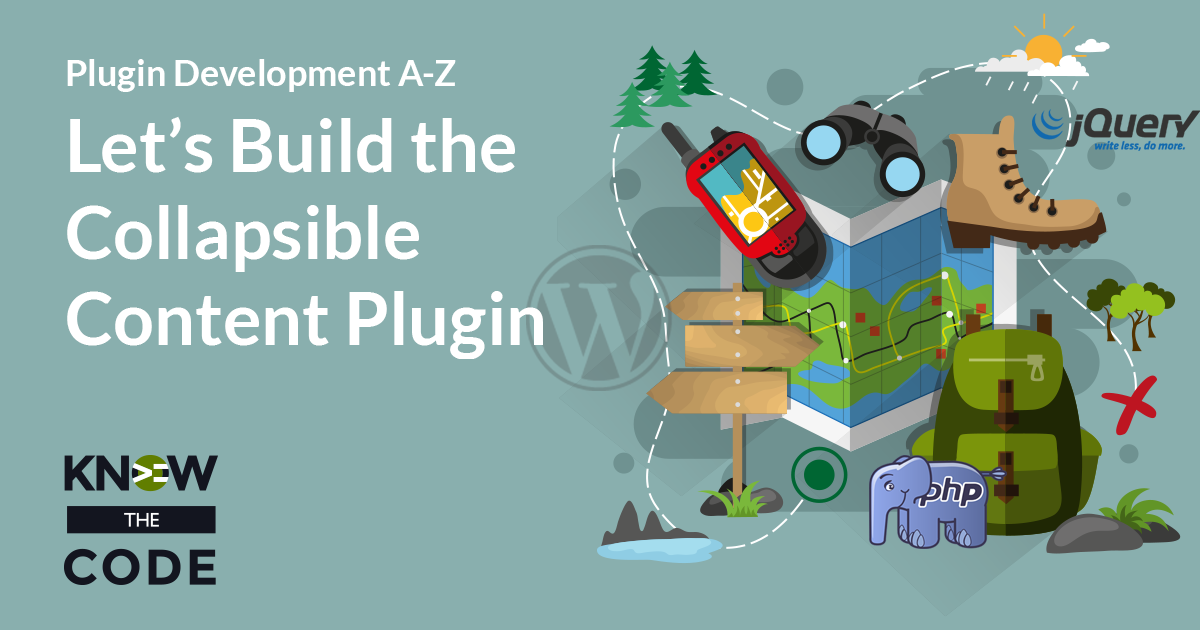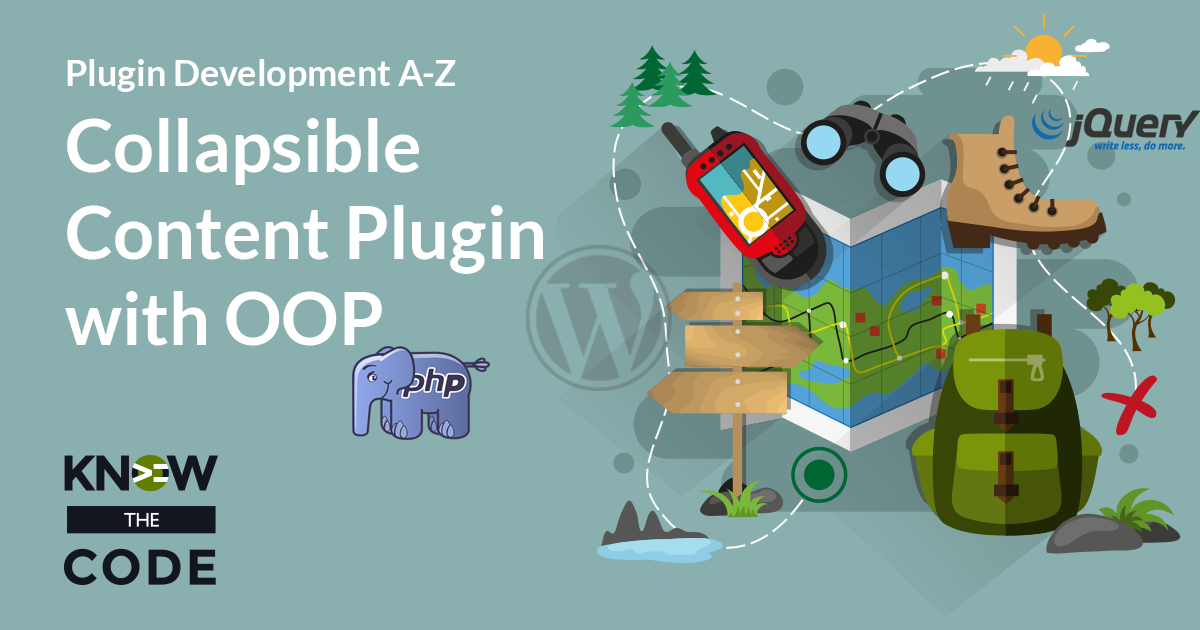Before you write a single line of code, first you want to sit down, think through your project, and plan out what you are going to build. Listen to me. Don’t just start writing your code. It will take you less time to plan it out first and then build it. What are we building? What are the building blocks of the plugin? Let’s break down the project into key components and figure out what we are building. It’s our big picture roadmap.




